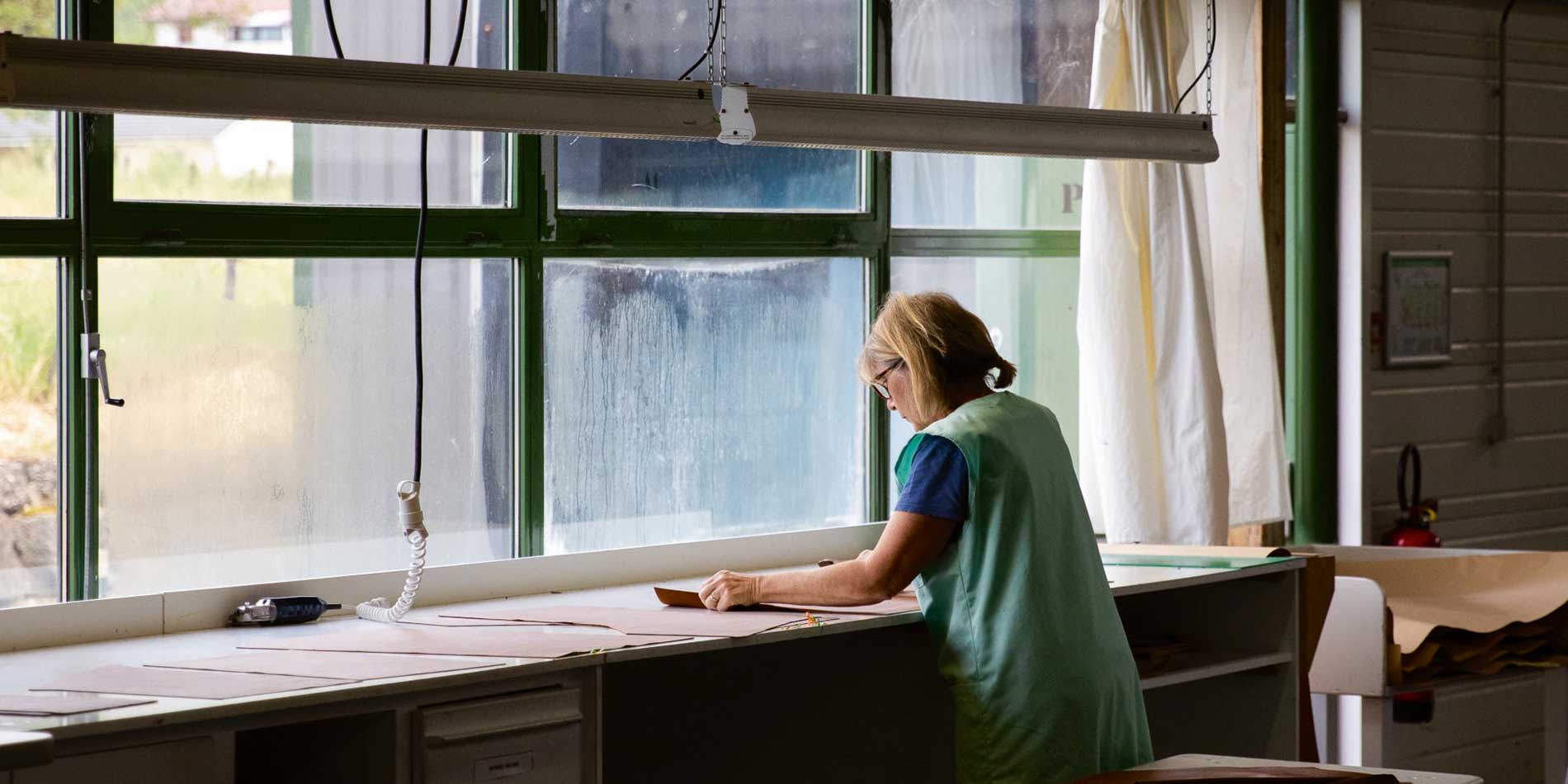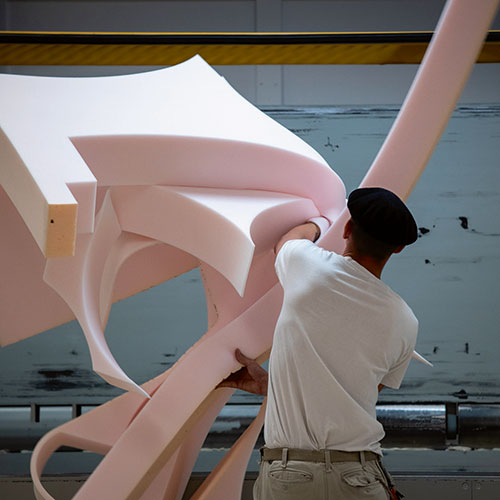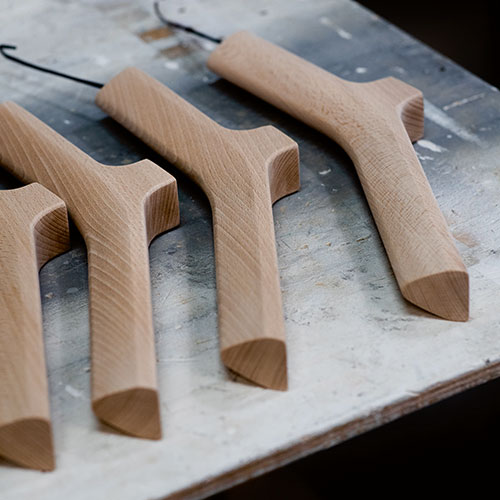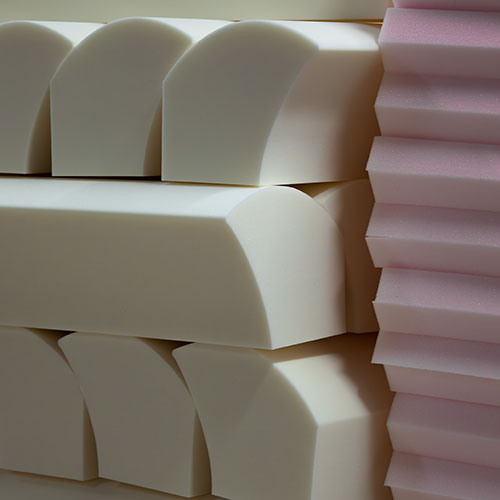Product total
$0.00
Shipping : Continue to next step
Total (tax excl.)
$0.00
With a family tradition rich with over 150 years' experience, Ligne Roset has manufactured its furniture by the Rhône river since 1860.
All furniture is made in Briord, in a vast workshop where the majority of operations are done by hand, the manufacturing of chairs or sofas requiring, indeed, a demanding craftsmanship. Two tapestry-makers are responsible for training new apprentices. They learn the precise movements and the required dexterity. This one-year in-house training values the work and ensures the quality of the products.
Observing the process of upholstering a sofa is like watching a performance. We follow with admiration the precise movements unfolding one after the other, for almost one hour, in a sequence that the upholsterer has mastered completely. The manufacturing of chairs, in fact, requires very few industrial processes. At the Briord factory, virtually all operations are manual. It is the special virtuosity of each of the seamstresses and upholsterers that allow our company to attain such manufacturing quality. Just by observing the sofa, it is possible to recognize the knack of one upholsterer's hand versus another, each one having skills and personal styles of their own.
And in this hive of activity, nothing is done at random. Hundreds of color thread spools are arranged next to sewing machines, carts are aligned to enable the sorting of sewed parts, blocks of foam are arranged by color. Piles of light pink, pale yellow and absinthe green fill the space, each tone representing a different foam density. They will soon be skillfully assembled to create a level of comfort tailored to each type of seat: a know-how that characterizes Ligne Roset's productions.
Bourgoin-Jallieu and Saint-Georges de Reneins are the two other facilities housing the seamstresses who complete the Briord team. There, qualified staff continues to master the skills that constitute the essence of the company trade. In Briord, a substantial area is destined for the storage of hides. There, one can walk among piles of leathers of different colors, selected among the best hides. Upon arrival, each hide is then closely examined. The smallest natural defect is detected, and then marked, so that the hide may be cut optimizing its natural quality
Since the manufacturing chain requires transporting goods from one factory to another, the five production facilities are located in the countryside, in a neighboring area. Bedroom, living room, and office furniture are made in Saint-Jean le Vieux, in this large 45,000 square-meter plant where Bernard Lipp, great-grandson of the group founder, has installed environmentally-friendly production systems. Thanks to a sophisticated aspiration system, wood waste can be directly removed, to later be crushed and fed a boiler that heats the plant and adjoining offices. This sustainable approach is not new to the group.






